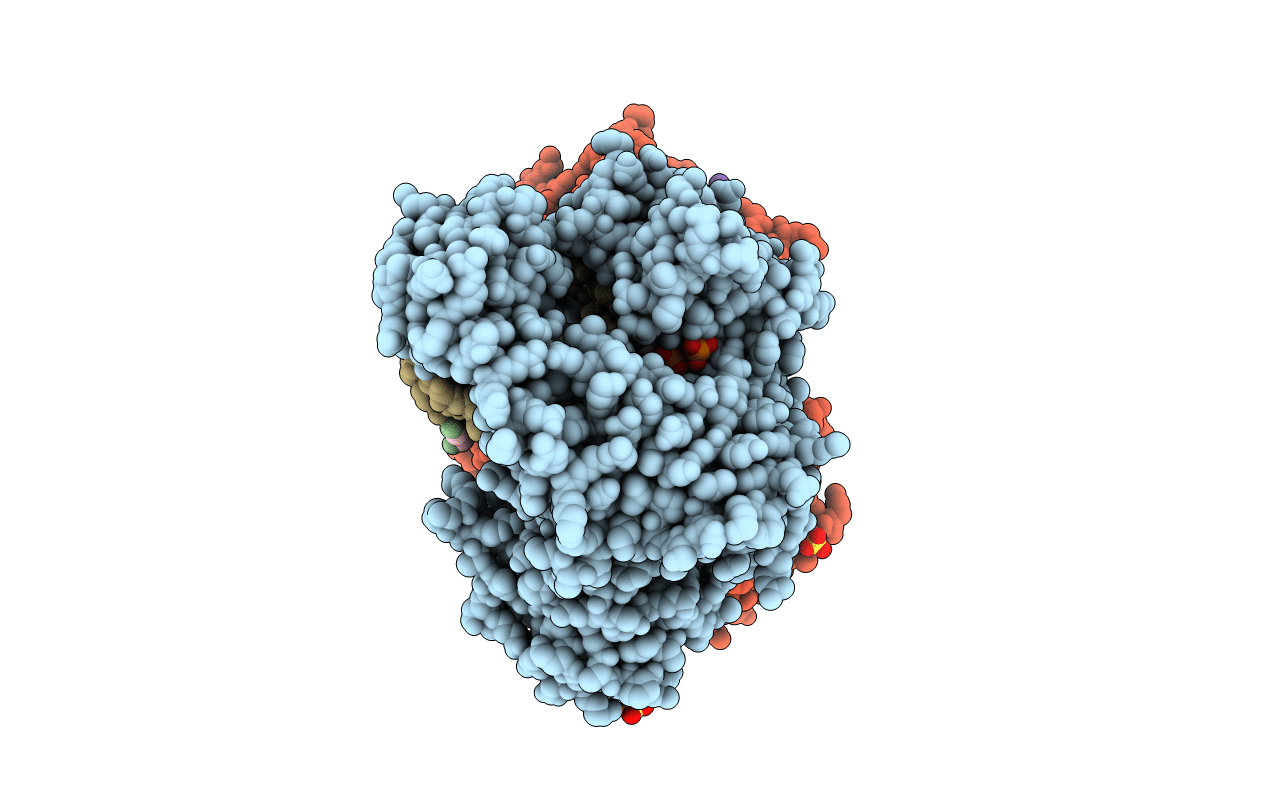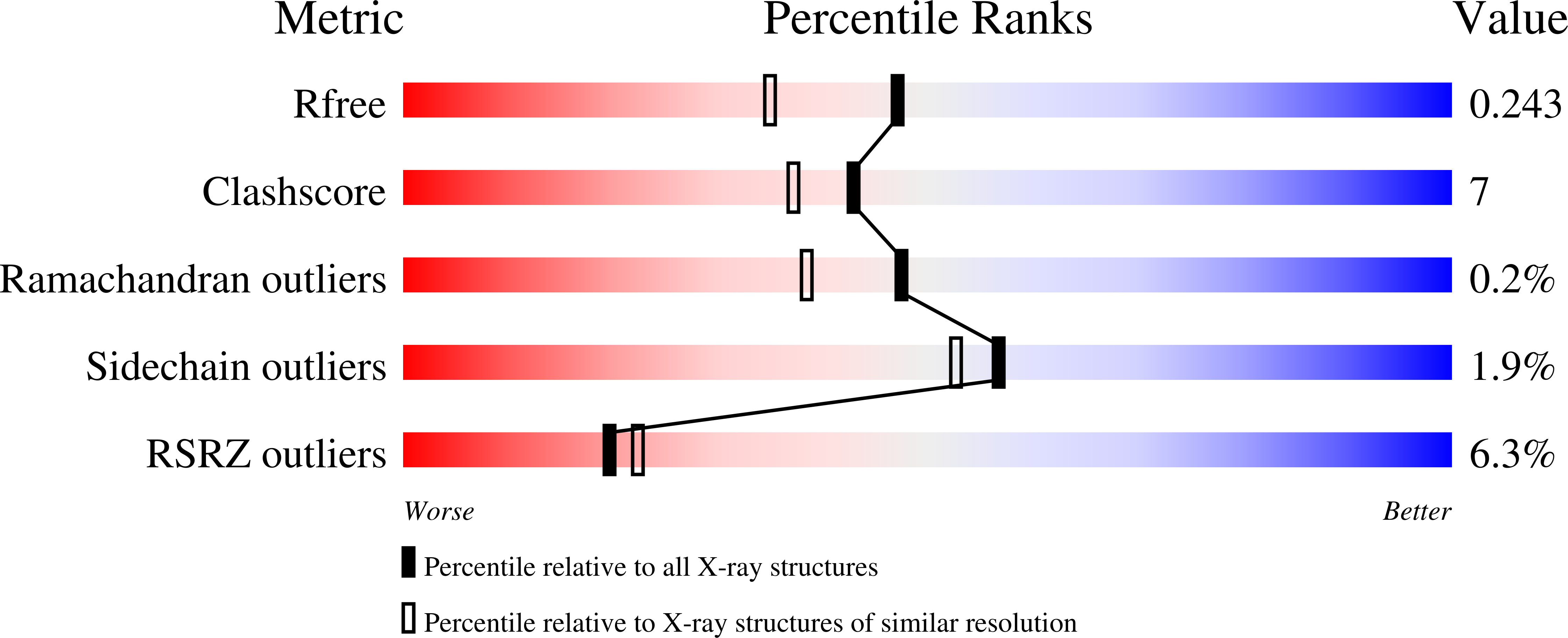
Deposition Date
2008-10-22
Release Date
2009-11-10
Last Version Date
2023-09-06
Entry Detail
PDB ID:
3EZ5
Keywords:
Title:
Cocrystal structure of Bacillus fragment DNA polymerase I with duplex DNA , dCTP, and zinc (closed form).
Biological Source:
Source Organism:
Bacillus stearothermophilus (Taxon ID: )
Host Organism:
Method Details:
Experimental Method:
Resolution:
1.90 Å
R-Value Free:
0.24
R-Value Work:
0.21
R-Value Observed:
0.21
Space Group:
P 21 21 21


